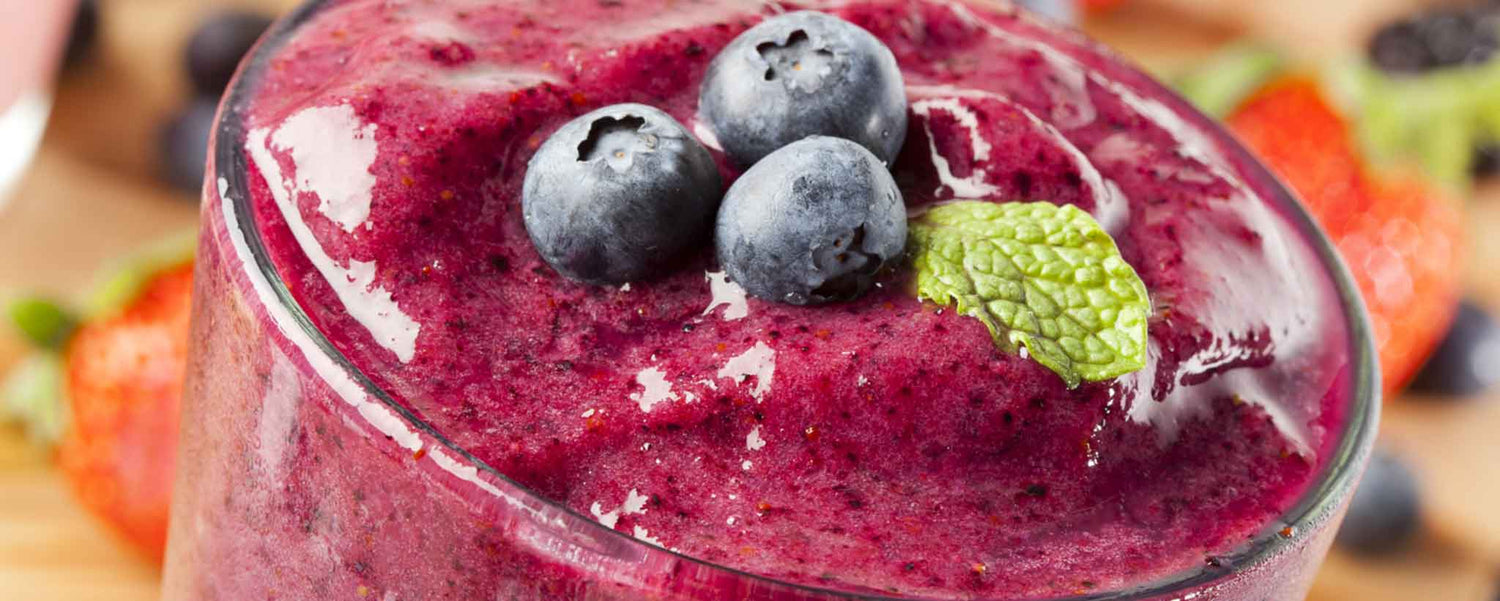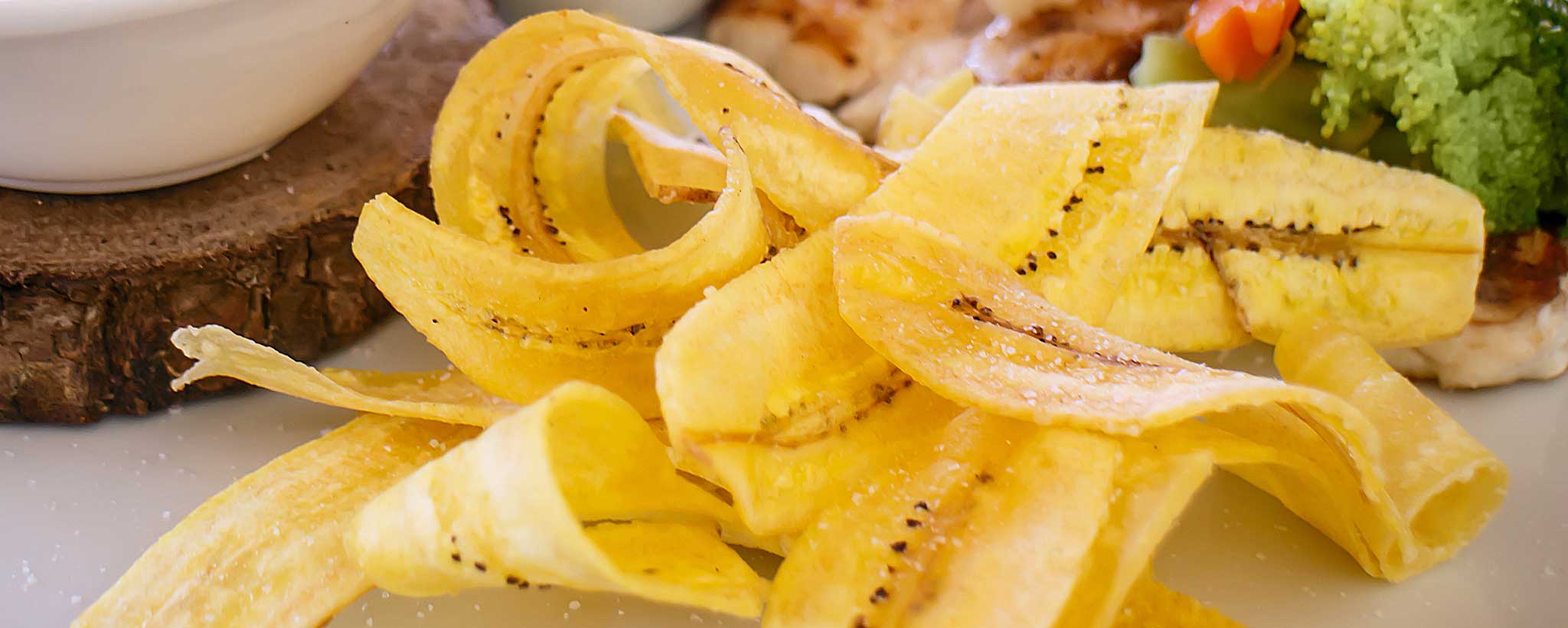Several factors determine whether your smoothies are satisfying and healthy.
Is Blended Food Less Nutritious?
Some nutritionists say drinking smoothies is an efficient way to get nourishment. Balkers deride smoothies as conduits for sugar with useless pulverized fiber. Is it possible to receive essential vitamins and fiber from blended beverages? Are your efforts to do so a crime against nutrition?
Love or hate smoothies? Both sides of the nutrition debate appear valid on the surface. Repeat whichever argument you favor among your circle of influence to create credible audience support. But what does the science teach us? Robin Spiller, director of biomedical research at the Nottingham Digestive Diseases Centre in the U.K., has answers. What matters is the composition of your smoothie and the rate at which you consume it.
Digestive Conveyor Belt
The brain must receive a series of signals through the vagus nerve. This connects the gut and brainstem, as well as digestive hormones secreted by the gastrointestinal tract, to signal when you are full. Have you heard that it takes 20 minutes for your stomach to recognize that you have begun eating?
Wait a minute. Are we to understand that everyone—young or old, tall or short, morbidly obese or peak of physical fitness—has the same internal clock for satiation?
Well, it seems the timing quote is inaccurate. Time varies for each individual between 5–20 minutes, according to Zane Andrews, associate professor of physiology and a neuroscientist at Monash University.
Since most people do not know whether their satiation trigger is closer to 5 or 20 minutes, the longer interval is a safe guideline to follow. Slow down so your stomach is not “surprised” to discover when it reaches uncomfortable capacity.
Duodenal, jejunal, and ileal receptors gauge the nutritional value of what is coming from the stomach.
You have likely said something like, “That sounds so good, you’re making me hungry.” Each part of our digestive system receives advanced sensory clues to accept a meal. We cannot swallow without saliva, so hearing, sight, smell, and taste receptors stimulate salivary glands, which lubricate your esophagus.
Our stomachs must excrete gastric juices to break down food. Our senses, as well as regular meal-time intervals, trigger gastric secretion, associated with hunger. Through a process called gastric sieving, our stomach separates solid mass from water. Liquid drains first, so gastric juices can better break down solids.
Duodenal, jejunal, and ileal receptors gauge the nutritional value of what is coming from the stomach and control the rate of transport. Water goes through express checkout. High-nutrient stomach contents go through a turnstile at a rate of 1 calorie per minute to keep the gallbladder and small intestines from being overwhelmed. The small intestines shout out to the large intestines, “Move things along” to make room for what is coming down the “conveyor belt.”
So it would seem that your smoothie, being liquified, goes straight to the express checkout, right? Not so fast. The homogenous mass does not promote gastric sieving, nor does it require the stomach to break down solids. But remember, the duodenum regulates calorie consumption. If filled with blended nutrients, the smoothie remains in your stomach longer than something like a cup of water or apple juice.
Blended vs. Solid Food
To test the absorption of solid versus blended meals, Nottingham researchers compared a combination of meat, vegetables, and water to a blend of the same ingredients in soup form. (This differs from light-viscosity soup with separated solids.) High-speed imaging equipment traced the rate of absorption throughout the digestive tract. The blended soup kept participants satiated for about an hour longer than the whole-food meal!
Thick, blended soups and smoothies have similar characteristics. Both are homogeneous nutrition. Some smoothies have fruit, honey—even chocolate or ice cream for sweetness. As you raise the glycemic index, the correspondence with soup diminishes.
Many people enjoy not-so-sweet smoothies with spinach, kale, carrots, celery, apples, berries, bananas, yogurt, chia seeds, wheat germ, nuts, oatmeal, and other healthy ingredients. Vitamin and mineral supplements may also find their way into the blender.
A blender replaces mastication, minimizes stomach digestion, and enhances probiotic effects.
Are the benefits of fiber lost in the blender? Not—and we make a distinction between a blender that breaks down whole foods from a juicer that separates juice from fiber.
A blender replaces mastication, minimizes stomach digestion, and enhances probiotic effects within the large intestines. By the time food reaches the duodenum, it is the ideal consistency.
There are two types of fiber: soluble and insoluble. Soluble fiber attracts water and turns into a gel during digestion. This provides some calories, is broken down by bacteria in the large intestine, and slows digestion.
Non-caloric insoluble fibers, like seeds, add bulk to stools and quickly pass through the gastrointestinal tract mostly intact. Smoothies can contain one or both types of essential fibers, which may help you eat less and stay satisfied longer.
Need For Stability
Unstable emulsions lead to sieving—the stomach empties more quickly, and you do not feel as full. So the blend must emulsify without separation. Some fruits and vegetables do not emulsify into a stable smoothie.
There is an art to combining compatible ingredients. Milk curdles—combining it with citrus makes it even more unstable. Randomly mixing ethylene-generating fruits and ethylene-sensitive vegetables without consideration of their effects on one another is criminal. Much like mayonnaise is an emulsifier for oil and vinegar in salad dressing, protein can be an emulsifier within some smoothies.
Do you drink smoothies for speed? The sight, smell, and taste of food secrete gastric juices in preparation for a full meal, taking 20–30 minutes to consume. Should you pour your healthy smoothie into a thermos to savor for 20 minutes or eat whole fruit? The answer may depend on whether you are aiming for satiation or stable insulin.
Comparing apples to apple juice, whole fruit reduces the hypoglycemic rebound after eating sweets. It may even help you stay full longer as your stomach purees it before passing it along.
The type of fruit makes a difference, too. A clinical study by Riitta Törrönen, et al. suggests that blackcurrants and lingonberries counter the effects of hypoglycemic rebound. Another study by April J. Stull, et al. demonstrates that bioactives in blueberries improve insulin sensitivity.
A study by Murdoch SD, et al. compared whole bananas to blended bananas and did not see any difference. So a pretty safe combination is berries, bananas, ice, and almond milk. I would be remiss if I did not recommend my go-to seasonings: pumpkin spice or cardamom.
All this means that what you put into your smoothie may be at least as important as whether it blends. The Nottingham study also suggests that—purely for satiation—smoothies are best when consumed alone, and not in combination with solid food.
As an added benefit, smoothies count towards your daily water requirement, according to Jim White, registered dietitian and American Dietetic Association spokesman. If you have hypoglycemia, diabetes, or other health issues, consult with your medical doctor or registered dietitian before slurping any smoothies.
To support the writing of scholarly articles about food, ClinicalPosters sells human anatomy charts, scientific posters, and other products online. You may sponsor specific articles, become a ClinicalNovellas Member, or remit a small donation.
ClinicalPosters sells human anatomy charts, scientific posters, and other products online to offset expense of the writing useful articles about food. Slide extra posters into DeuPair Frames without removing from the wall.
Show your support by donating, shopping for ClinicalPins, becoming a ClinicalNovellas Member, or leaving an encouraging comment to keep the research going.
To support the writing of useful articles about food, ClinicalPosters sells human anatomy charts, scientific posters, and other products online. You may sponsor specific articles or remit a small donation.
ClinicalPosters sells human anatomy charts, scientific posters, and other products online to offset expense of the writing useful articles about food. Slide extra posters into DeuPair Frames without removing from the wall.
ClinicalPosters sells human anatomy charts, scientific posters, and other products online. You may remit a small donation or become a ClinicalNovellas Member.
You can support the writing of useful articles about food by sponsoring specific articles, becoming a ClinicalNovellas Member, or remitting a small donation. Visible content is optimized for device size.








 Romance & Health Intertwine. Fall in love with a captivating romance miniseries that explores the essence of well-being. Become a ClinicalNovellas member for heartwarming tales.
Romance & Health Intertwine. Fall in love with a captivating romance miniseries that explores the essence of well-being. Become a ClinicalNovellas member for heartwarming tales.





